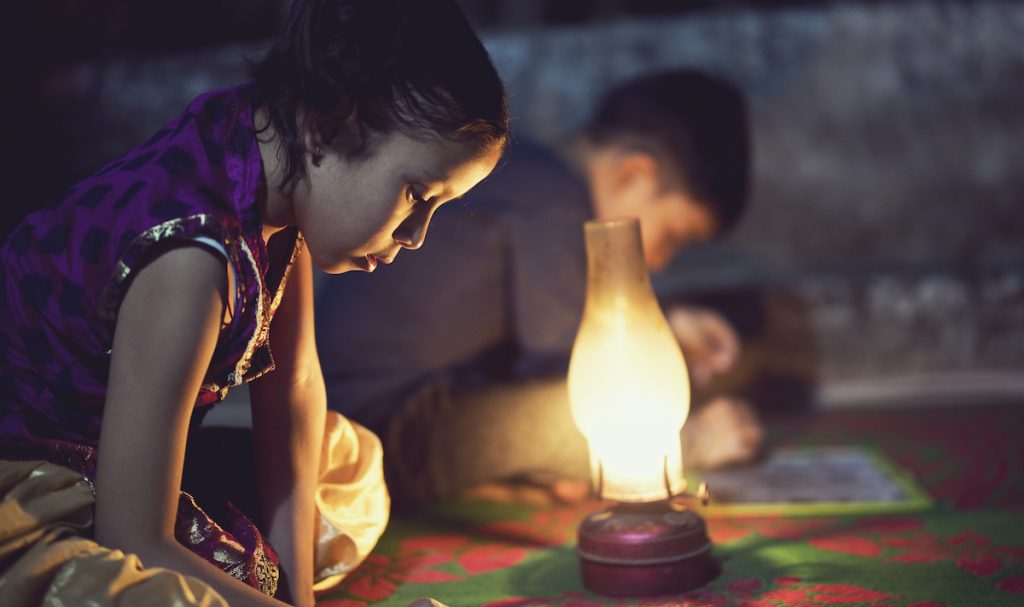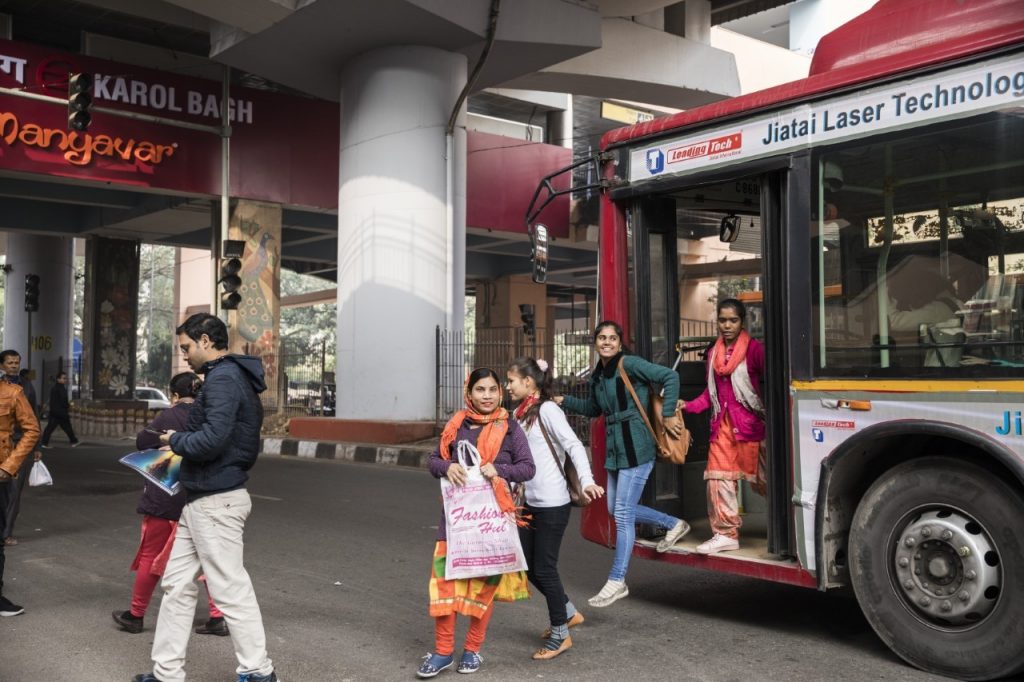*This article originally appeared on the LinkedIn of Monte Dobson.
In fact, nearly 2 billion people across Asia-Pacific alone spend hours every day looking for biomass for cooking or heating their homes.
Lack of access to energy affects women disproportionately, who often do the cooking and care for children. In some remote interiors of India, many poor women start their day with a long trek away from home to bring back firewood. Maybe that covers them for a few days if they’re lucky.
Then they burn the wood in the morning, filling their dwelling with enough smoke that they inhale the equivalent of several cigarettes before breakfast.
On top of that, think about the time involved. The round trip can take several hours, but could those hours not be spent better? And what are the kids doing during that time?

Many women in India spend hours a day searching for fuel to cook food and heat their homes.
Building the Future with Modern Energy
The good news is that growing access to modern energy is helping to rewrite this story. A government scheme—the Pradhan Mantri Ujjwala Yojana—is connecting people to energy using liquefied petroleum gas (LPG).
In fact, the transformative Ujjwala Yojana, which puts women at the center of energy access, has increased India’s LPG coverage to 99.5%. It is helping unchain the lives of rural women from the hidden costs of biomass, such as the heavy air pollution it causes and the time spent foraging for it. And that’s just one example of the energy transition India is on.
It has compounding benefits too, as children in affected areas can now focus on their education instead of helping to gather wood; they can study into the night thanks to reliable electricity.
Isn’t this a great example of modern energy working as a liberating force—and also helping people breathe easier? Energy access creates a virtuous cycle. It improves lives by lifting people out of poverty, enhancing their access to more energy. This positions them for continued success and improves the prospects for the next generation.

Energy access is improving people’s lives and providing children greater opportunities.
It Gets Better with Natural Gas
This can be the story for millions of Indians, especially as the country’s population booms. With a rapidly growing middle class, India is changing from a nation with 70% of people residing in rural areas toward one that’s split 50/50 rural and urban.
Meeting this new demand concentrating in the cities will take time. Currently, much of India’s power demand is met by coal, which makes up more than 50% of installed electricity-generation capacity. But this has contributed to growing urban air pollution: India has 9 out of the world’s 10 most polluted cities.
The good news is that India’s energy mix is changing. Cleaner-growth ambitions will see more Indians moving away from coal to cleaner energy such as natural gas, renewables, even hydrogen and biofuels as they become available.
But for a population of more than 1.4 billion, scale is critical. This is where natural gas has advantages over evolving fuels. Gas can work—today—at the scale necessary for a rapidly growing India. It means reliable, quality fuel for families’ cooktops, electricity so that children can study after sundown, and cleaner everyday mobility. Gas also pairs well with renewables that are growing rapidly in India’s power system.
That’s why India is investing heavily in growing gas infrastructure. The country aims to double its pipeline network in the next 5-6 years and is building new LNG terminals. India also plans to expand the City Gas Distribution (CGD) network to cover as much as 70% of the population by 2030. This means a bigger switch to gas for cooking and more CNG-powered transportation in urban areas.

CNG-powered busses provide free travel for women across New Delhi.
And this gets better with innovative, adaptable supply solutions like virtual gas pipelines that have real potential to supplement India’s growing gas infrastructure and can get gas to whoever needs it, now.
Natural gas is poised to play a bigger, better role in reorienting India’s growth towards a lower-carbon path. And with more technologies and supply innovations in the pipeline than ever before, now is the time to be hopeful about getting modern energy to everyone, wherever they are.
It all really does change with energy, doesn’t it?




